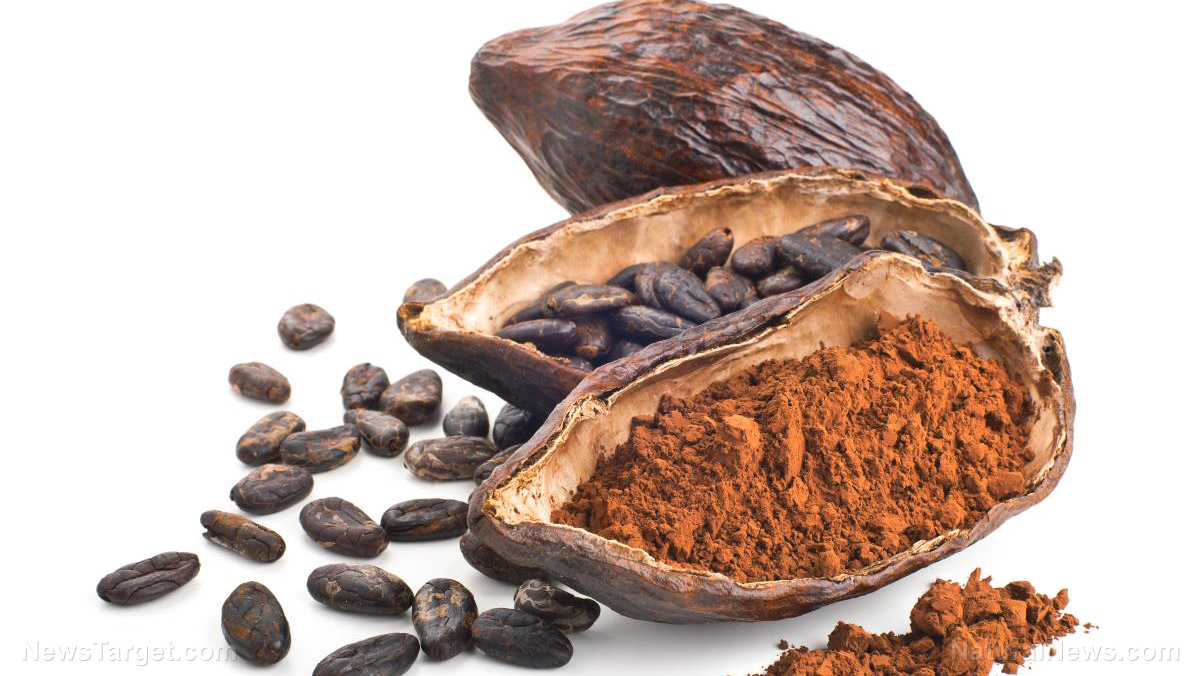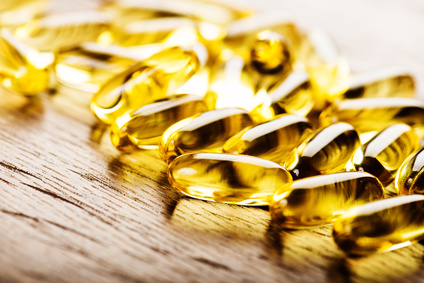Sun or supplements: Is spring sunshine enough to maintain healthy vitamin D levels?
04/13/2022 / By Zoey Sky

Getting enough sunlight helps maintain optimal vitamin D levels. But is spring sunshine enough or do you still need to take vitamin D supplements? The short answer is no. Spring sunshine isn’t enough if you want to boost your overall health with vitamin D.
Vitamin D deficiency still common in areas with adequate sunlight
Vitamin D deficiency is prevalent in the United States. At least 29 percent of American adults are deficient and a shocking 41 percent are insufficient in the “sunshine vitamin.”
Additionally, 93 percent of the population can’t consume at least 400 international units (IU) of this essential nutrient each day.
You need vitamin D because it helps promotes the optimal health and function of your bones, muscles, heart, hormones and gastrointestinal tract. Vitamin D also has a role in maintaining brain and immune health.
If you’re vitamin D deficient, you may experience profound and vast impacts on your whole-body health.
Those living at higher latitudes experience colder, darker climates during winter and are more prone to vitamin D deficiency. However, even if you live in a tropical country, sunshine alone isn’t enough to make a significant impact on your vitamin D levels.
In a 2017 study of healthy Mexican adults older than 55, scientists discovered that even though the participants live in an area with adequate sunlight during all seasons but winter, vitamin D deficiency was still common among them throughout the year.
The research team also found that vitamin D status was affected by factors like age, weight, waist circumference and gender. However, they didn’t find a link between sun exposure or dietary intake of vitamin D and vitamin D deficiency. (Related: 10 Reasons why vitamin D is essential for your health.)
This means that even though it’s summer, you shouldn’t stop taking your vitamin D supplements.
Should you take vitamin D during spring?
Even though the weather is warm and you’re expecting more sunny days this spring, you still need vitamin D supplements.
Spending time outdoors isn’t enough and it’s very difficult to reach sufficient vitamin D status with sun exposure alone, even if you live in a location that’s relatively sunny year-round, such as Mexico. While spring is here and you can enjoy more sunshine, spending time outside doesn’t guarantee vitamin D sufficiency.
If you’re not sure when is the best time to sunbathe, go outside during midday, especially in summer. At noon, the sun is at its highest point, and its ultraviolet B (UVB) rays are most intense, meaning you need less time in the sun to make sufficient vitamin D.
Research also suggests that your body is most efficient at making vitamin D at noon.
Note that the commonly recommended daily dose of vitamin D is 600 IU (15 mcg). Take at least 400 to 800 IU of vitamin D3 (cholecalciferol) per day.
Vitamin D3 is the form already stored in the body and research suggests that it is more effective. For best results, take vitamin D with healthy fat, like sliced avocado.
These foods contain significant amounts of vitamin D:
While these superfoods are natural sources of vitamin D, you would need to eat them nearly every day to get enough of the sunshine vitamin.
Vitamin D is a fat-soluble vitamin that requires fat to be absorbed into your body. To achieve healthy vitamin D status, always take high-quality supplements from a trusted supplier.
This spring, spend time outdoors but don’t forget to take supplements to boost your vitamin D intake and maintain your overall health.
Visit VitaminD.news for more articles on the health benefits of maintaining optimal vitamin D levels.
Watch the video below to learn how vitamin D helps your body.
This video is from the Natural News channel on Brighteon.com.
More related stories:
Do you have high cholesterol or triglycerides? Check your vitamin D levels.
Sources include:
Submit a correction >>
Tagged Under:
food is medicine, longevity, natural health, natural medicine, nutrients, prevention, spring, sunshine vitamin, supplements, vitamin D, vitamin D deficiency, vitamins
This article may contain statements that reflect the opinion of the author
RECENT NEWS & ARTICLES
COPYRIGHT © 2017 NATURAL MEDICINE NEWS




















